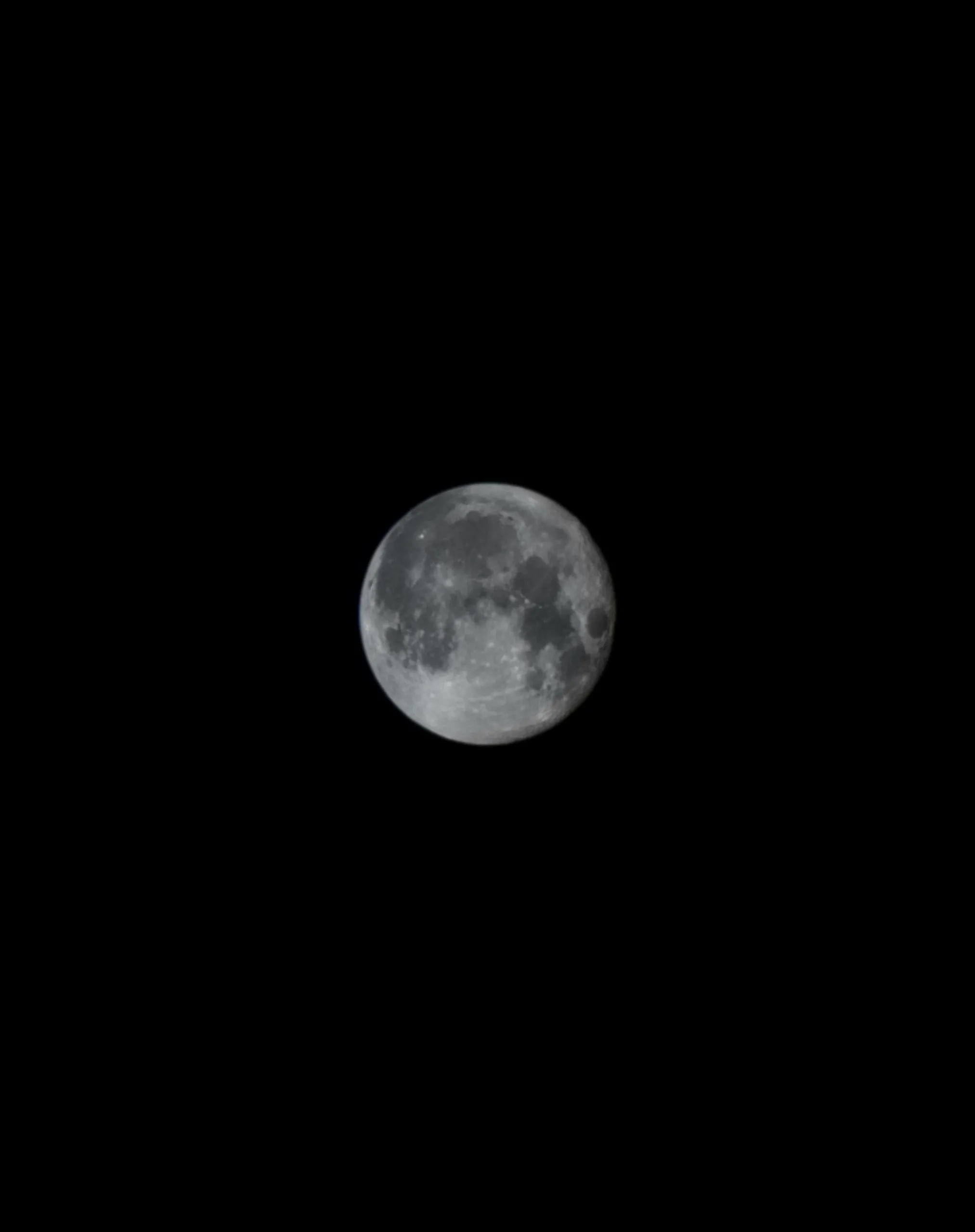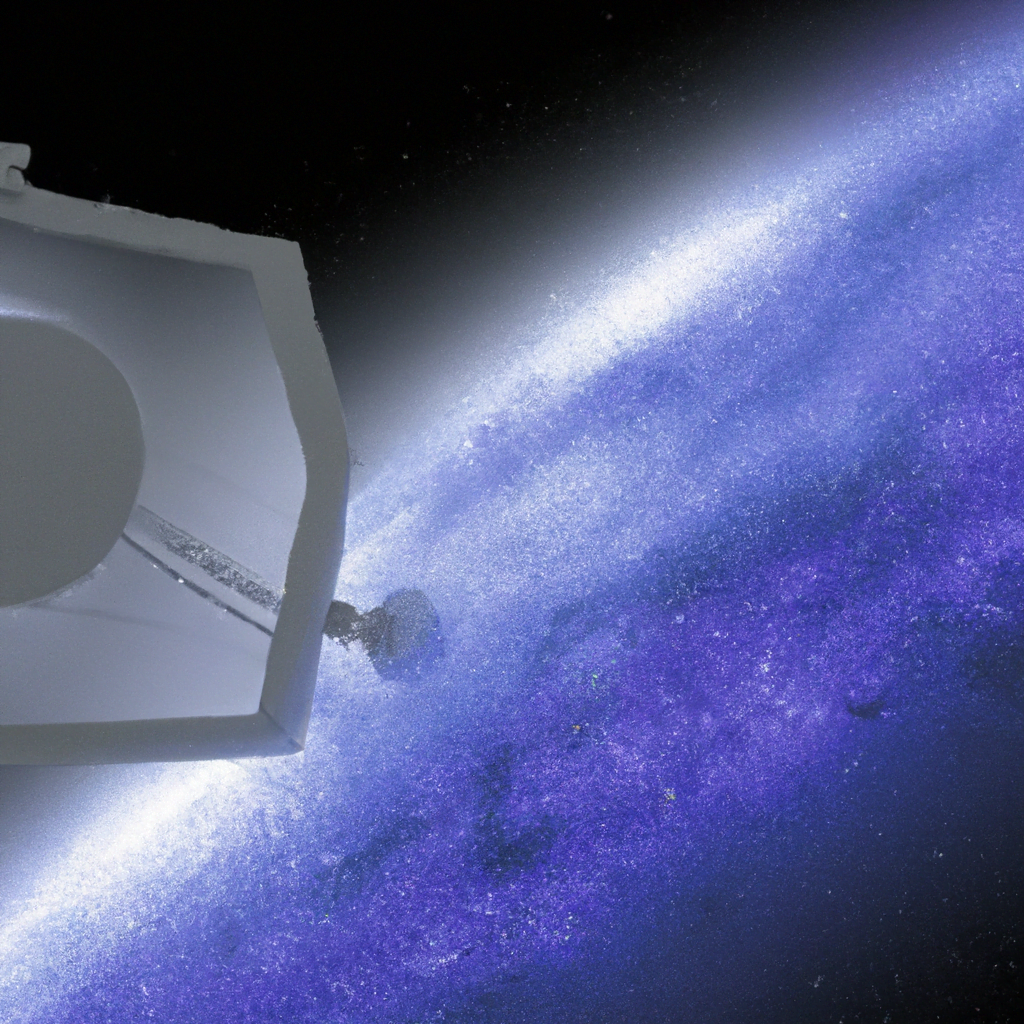Imagine standing on the shores of a serene lake, gazing up at a clear night sky, and feeling a sense of awe as you observe the planets in all their celestial glory. However, as you shift your focus towards observing the planets at lower altitudes, a whole new set of challenges arises. From atmospheric distortions to light pollution, these obstacles hinder our ability to capture clear and accurate images of these celestial bodies. In this article, we will explore some of the challenges faced when trying to observe planets at lower altitudes, shedding light on the difficulties that astronomers face in their quest to unravel the mysteries of our solar system.
Table of Contents
Atmospheric Conditions
observing planets at lower altitudes poses numerous challenges due to the Earth’s atmosphere. The atmosphere is the layer of gases that surround our planet, and it plays a significant role in affecting the quality of observations. Several atmospheric phenomena, such as turbulence and scintillation, can impact the clarity and stability of images captured by telescopes. Additionally, light pollution, which is caused by artificial lighting from cities and human activities, can also hinder observations by reducing the visibility of celestial objects.
Effect of Earth’s Atmosphere
The Earth’s atmosphere is composed of various layers, each with its own unique properties. These layers can profoundly impact the quality of observations. For instance, the troposphere, which is the lowest layer of the atmosphere where weather occurs, contains variables such as temperature, humidity, and air density that can cause distortions in the light passing through it. The presence of atmospheric gases, such as nitrogen and oxygen, can also affect the behavior of light, leading to alterations in the images captured by telescopes.
Turbulence and Scintillation
Turbulence refers to the rapid mixing of air masses with different characteristics, causing fluctuations in temperature, humidity, and pressure. These variations in the atmosphere can lead to the distortion and blurring of astronomical images, making it difficult to obtain clear views of planets. Scintillation, on the other hand, is the rapid fluctuation in the intensity and color of starlight caused by variations in the turbulence of the atmosphere. Both turbulence and scintillation can limit the precision and accuracy of planetary observations, especially when observing at lower altitudes where the effects of atmospheric disturbances are more pronounced.
Light Pollution
One of the major challenges faced when observing planets at lower altitudes is light pollution. In urban and densely populated areas, artificial lighting from cities, buildings, and streetlights creates a significant amount of light pollution, making it challenging to observe celestial objects. The excessive artificial light can wash out faint planetary details and decrease the contrast and clarity of the images captured by telescopes. To mitigate the effects of light pollution, astronomers often seek out dark sky locations far from urban areas to ensure optimal observation conditions.
Optical Distortions
When observing planets at lower altitudes, optical distortions can also affect the quality of the observations. These distortions can be caused by various factors related to the behavior of light as it passes through the Earth’s atmosphere.
Refractive Index Variations
Refractive index variations occur as light traverses different layers of the atmosphere with varying densities and temperatures. These variations can cause the path of light to bend, leading to distortions in the images captured by telescopes. The bending effect, known as atmospheric refraction, can be especially pronounced when observing planets at lower altitudes due to the longer path length through the atmosphere. This refraction can introduce additional errors and uncertainties in the measurements taken by astronomers.
Astronomical Seeing
Astronomical seeing refers to the extent to which the Earth’s atmosphere affects the clarity and sharpness of celestial images. It is influenced by various factors such as turbulence, temperature gradients, and air density fluctuations. When observing planets at lower altitudes, astronomers often encounter poorer astronomical seeing conditions due to the greater atmospheric disturbances near the horizon. The blurring caused by poor seeing can degrade the resolution and overall image quality, making it challenging to discern fine details on the planetary surfaces.
Airy Disk
The Airy disk is a phenomenon that occurs when viewing point sources of light, such as stars or distant planets. It is caused by the diffraction of light as it passes through the aperture of the telescope. At lower altitudes, the effect of the Earth’s atmosphere can further exacerbate the size and intensity of the Airy disk, leading to a decrease in effective resolution. This means that when observing planets at lower altitudes, the capability to resolve fine details may be limited, reducing the overall image quality.

Ground-based Telescopes
Ground-based telescopes offer significant advantages in observing planets but also present some unique challenges that need to be considered.
Limited Field of View
Ground-based telescopes often have a limited field of view, meaning they can only capture a small portion of the sky at once. When observing planets, this can be a challenge as the planetary motions and positions change continuously. Astronomers need to carefully plan and coordinate their observations to ensure they capture the desired planetary targets within the constrained field of view.
Weather Constraints
Observing planets at lower altitudes is susceptible to weather conditions, which can significantly impact telescope operations. Cloud cover, precipitation, and atmospheric instability can hinder observations, making it challenging to obtain clear images. Weather constraints require astronomers to carefully monitor and choose suitable observing conditions to maximize the quality of the data acquired.
Observatory Locations
The choice of observatory locations is critical for ground-based telescopes. Factors such as altitude, atmospheric stability, light pollution levels, and accessibility play a significant role in determining the suitability of an observatory site. Observatories located at higher altitudes often experience better atmospheric conditions with reduced turbulence and light pollution, making them desirable for planetary observations at lower altitudes.
Imaging Challenges
Imaging planets at lower altitudes presents specific challenges that astronomers face when capturing high-resolution images.
Resolution and Image Quality
Achieving high resolution and image quality when imaging planets at lower altitudes is often challenging due to the increased atmospheric interference and optical distortions discussed earlier. Poor seeing conditions and atmospheric turbulence can blur planetary details and reduce overall image sharpness. To overcome these challenges, astronomers employ advanced techniques such as adaptive optics and image post-processing to enhance image quality and increase resolution.
Planetary Rotation
The rotation of planets introduces additional challenges for imaging at lower altitudes. As planets rotate, different regions of their surfaces come into view, and features may be distorted or obscured due to the planet’s obliquity. Capturing a clear image of a planet’s entire surface can be complicated when observing at lower altitudes, as the limited field of view of telescopes may necessitate multiple observations and image stitching to create a complete picture.
Planetary Brightness
The brightness of planets can also pose challenges for imaging at lower altitudes. When planets are closer to the horizon, their light has to pass through a thicker part of the Earth’s atmosphere, leading to increased atmospheric absorption and scattering. This scattering can result in decreased planetary brightness, making it challenging to capture well-exposed and detailed images. Astronomers must carefully consider the best observation times and angles to optimize the planetary brightness and minimize atmospheric interference.

Planetary Sourcing
Observing planets at lower altitudes requires careful consideration of sourcing conditions and accessibility.
Sufficient Observation Time
To study planets at lower altitudes effectively, astronomers need sufficient observation time. The limited observation windows during the night can restrict the availability of optimal planetary positions for imaging. This time restriction requires astronomers to plan their observations strategically, taking into account the specific visibility windows for the target planet.
Visibility Window
The visibility window refers to the period during which a specific planet is above the horizon and can be observed from a particular location. Observing planets at lower altitudes adds complexity due to the shorter visibility windows caused by the Earth’s curvature. Timing observations to coincide with the planet’s visibility window maximizes the opportunity to gather valuable data.
Target Accessibility
When observing planets at lower altitudes, the accessibility of the target also becomes a factor to consider. For some locations, planets may only be visible near the horizon for brief periods before being obstructed by terrain or other environmental factors. This limited accessibility may require astronomers to travel to specific geographic locations or utilize remote observing techniques to capture data from favorable observation sites.
Instrumentation Constraints
The instruments used for observing planets at lower altitudes also have their limitations that astronomers need to account for.
Limited Detector Sensitivity
The sensitivity of detectors plays a vital role in capturing detailed and high-quality planetary images. When observing at lower altitudes, the atmosphere introduces additional noise and reduces the amount of light reaching the detector. This reduced light intensity can impact the sensitivity of the detector, requiring longer exposure times or more sensitive instruments to compensate for the lower signal levels.
Spatial and Temporal Sampling
Spatial and temporal sampling refers to the resolution and frequency at which data is collected during observations. When imaging planets at lower altitudes, it becomes crucial to carefully choose the sampling rates to capture the desired level of detail. Sampling too sparsely or infrequently can result in loss of important planetary information, while excessive sampling may result in an overwhelming amount of data without significant improvements in the observations.
Instrument Calibration
Calibrating instruments is an essential step in ensuring the accuracy and reliability of data collected during planetary observations. When observing at lower altitudes, calibration becomes even more critical as the effects of the Earth’s atmosphere can introduce additional uncertainties and inconsistencies. Regular calibration routines are necessary to account for atmospheric distortions and ensure precise measurements and image processing.

Observation Strategy
Developing an effective observation strategy is crucial when observing planets at lower altitudes.
Target Selection
Choosing the right planetary targets is key to obtaining meaningful and scientifically valuable observations. Certain planets may exhibit more pronounced atmospheric phenomena or have specific features of interest when observed at lower altitudes. Astronomers carefully consider the scientific objectives and desired outcomes when selecting the targets to focus their observations on.
Observing Planetary Transits
Planetary transits, where a planet passes in front of its host star, provide unique opportunities for studying exoplanets and learning more about their atmospheres and properties. Observing these transits at lower altitudes can offer valuable insights into planetary atmospheres, but it requires precise planning to capture these events within the limited visibility windows. Observations of planetary transits can also enhance our understanding of the characteristics and behavior of planets within our own solar system.
Data Analysis Challenges
Once the observations are complete, astronomers face the task of analyzing the collected data. Observing planets at lower altitudes can present specific challenges during data analysis due to the increased atmospheric interference and optical distortions. Advanced image processing algorithms and modeling techniques are often employed to extract accurate information from the data and mitigate the effects of atmospheric disturbances.
Radio Frequency Interference
Observing planets at lower altitudes through radio waves can also be challenging due to radio frequency interference.
Earth-based Signals
Earth-based signals, such as radio and television broadcasts, can interfere with the weak signals from celestial objects like planets. These signals can manifest as background noise in radio observations, making it difficult to isolate and study specific planetary emissions. Efforts are made to distinguish and filter out these unwanted signals through advanced signal processing techniques and the use of radio quiet zones.
Wireless Devices
The widespread use of wireless devices, such as smartphones and Wi-Fi networks, can also contribute to radio frequency interference. These devices emit electromagnetic radiation within the radio frequency spectrum, and their signals can overlap with astronomical observations. To mitigate this interference, astronomers often seek out remote locations or utilize specialized shielding and filtering techniques to minimize the impact of wireless devices on their observations.
Radio Astronomy Protection Zones
Radio astronomy protection zones are designated areas where radio frequency interference is minimized to allow for more accurate and sensitive radio observations. These zones are typically located far away from urban areas and other potential sources of interference. Observatories situated within these protection zones can maximize the quality of their radio observations by minimizing the effects of external radio frequency interference.

Space-based Observations
While many challenges exist when observing planets at lower altitudes from the Earth’s surface, space-based observations offer unique advantages and face their own set of challenges.
Orbital Considerations
Space telescopes can be positioned in Earth orbit or explore more distant regions of our solar system. The choice of orbit and location is critical in determining the suitability for observing planets at lower altitudes. Careful planning is required to optimize the trajectory and orbital parameters to ensure maximum coverage and accessibility to target planets.
Instrumentation Limitations
Space-based instruments have finite capabilities and limitations. Factors such as instrument size, weight restrictions, and power supply impose constraints on the design and functionality of space-based telescopes. These limitations can impact the type and quality of data that can be acquired when observing planets at lower altitudes. Balancing the requirements of the scientific objectives with the instrumentation limitations is crucial for maximizing the success of space-based observations.
Cost and Logistics
Space-based observations come with substantial costs and logistical challenges. Launching and maintaining a space telescope requires significant financial investments and complex operations. The planning and execution of space missions must consider factors such as launch windows, mission durations, and maintenance requirements. However, space-based observations can offer unique opportunities and overcome some of the limitations imposed by Earth’s atmosphere, making them highly valuable for studying planets at lower altitudes.
Future Advancements
Advancements in technology and scientific understanding continue to pave the way for improved observations of planets at lower altitudes.
Advanced Adaptive Optics
Adaptive optics technology is continuously evolving, enabling astronomers to compensate for atmospheric disturbances and enhance the quality of observations. Future advancements in adaptive optics systems will provide even higher correction capabilities, allowing for more detailed and precise imaging of planets at lower altitudes. These advancements may include improved wavefront sensing and correction algorithms, faster response times, and enhanced integration with other observation techniques.
Improved Imaging Techniques
Innovative imaging techniques, such as multi-spectral imaging and high dynamic range imaging, hold promise for improving observations of planets at lower altitudes. Multi-spectral imaging allows for the collection of data at different wavelengths, providing a more comprehensive understanding of planetary atmospheres and surface features. High dynamic range imaging techniques enable the capture of both faint and bright planetary details in a single image, overcoming the challenges posed by contrast variations at lower altitudes.
Exploration Missions
Space missions specifically designed to explore and study planets at lower altitudes will undoubtedly contribute to our understanding of these celestial bodies. Robotic spacecraft equipped with advanced instrumentation can provide close-up views and detailed measurements of planetary features and atmospheric conditions. Future exploration missions targeting planets at lower altitudes will provide invaluable data that can be combined with ground-based observations to further enrich our knowledge of our solar system and beyond.
In conclusion, observing planets at lower altitudes presents numerous challenges due to the Earth’s atmosphere, optical distortions, ground-based limitations, imaging challenges, planetary sourcing complexities, instrumentation constraints, and interference from radio frequencies. However, advancements in technology, observation strategies, and mission planning offer hope for overcoming these challenges and unlocking the secrets of the planets that reside closer to our own. The future of planetary observations is bright, as scientists continually strive to push the boundaries and expand our understanding of the celestial bodies that captivate our imaginations.

